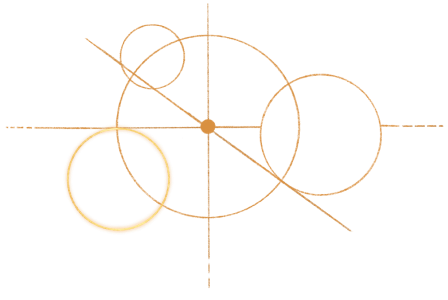Chronology




Timelines are a linear sequence of events that historians use as a tool to navigate the past and understand what happened. Often, history is equated with what happened when. What happened is often seen as the most reliable historical fact, yet this does not take into consideration that historians participate in determining the importance of events, and choosing from them what to document and what to exclude.
So, how do timelines help us understand the past? What does this tell us about history and the objectivity of factual chronology?
Objectives:
90 mins
Warm-up (15 minutes):
We ask participants to think together of a major recent event known by all (such as the Covid-19 pandemic). We spend 10 minutes identifying together incidents that make up that period of time: beginning, highest points, turning points, different phases. We collect different suggestions and highlight similarities and differences.
We conclude with the participants that this is the beginning of the creation of a timeline, which historians use as a tool, a form of chronological reasoning, to approach and make sense of the past.
Group Work (45 minutes):
We divide participants into 3 groups and distribute Handout 11: Abridged Timelines. We assign each group one of the three timelines (BBC, AUB, Al-Jazeera). In each group, participants work together and write timeline entries including the date and the event on separate blank A4 papers.
When finished, participants chronologically organize the events on the floor of the room or on an empty wall starting from earliest to the most recent date.
While navigating the timelines, we ask the participants to think about the following:
All three timelines should be lined up next to each other for visual comparison.
Plenary Discussion (30 minutes):
For a few minutes, we walk around and compare timelines.
We open up a discussion about the value and reliability of timelines as sources of historical information.
Guiding Questions:
At the end, we encourage participants to walk through the timelines and chat with other participants about something new they learned today about the Lebanese Civil War.
We distribute Handout 12: The Historiography and the Memory of the Lebanese Civil War as a resource for later reading.
Haugbolle, Sune. “The Historiography and the Memory of the Lebanese Civil War, Mass Violence & Resistance.” SciencePo (25 October 2011).
“Lebanon Profile – Timeline.” BBC.com, 25 April, 2018.
“Timeline: Major Events of the Lebanese Civil War (1975-1990).” Lebanese Civil War: 1975-1990, University Libraries, American University of Beirut.
“Timeline: Lebanon; A Chronology of Key Events in Lebanese History.” AlJazeera.com (4 June, 2009).
Wenger, Martha. “Primer: Lebanon’s 15-Year War,” The Middle East Report 162 (January/February 1990).